The late, great Robin Williams is most fondly remembered for his signature comedy roles, but he was also capable of powerful dramatic performances, as demonstrated in 1989’s Dead Poets Society. However, while Williams took the lead as the forward-thinking English teacher Mr John Keating, the film really centres on the group of disillusioned boarding school students who are inspired by Keating to fully embrace life via poetry. Dead Poets Society is one of the all-time great coming of age movies, and here are some facts about it which you might not have known.
10. It was semi-autobiographical for screenwriter Tom Schulman
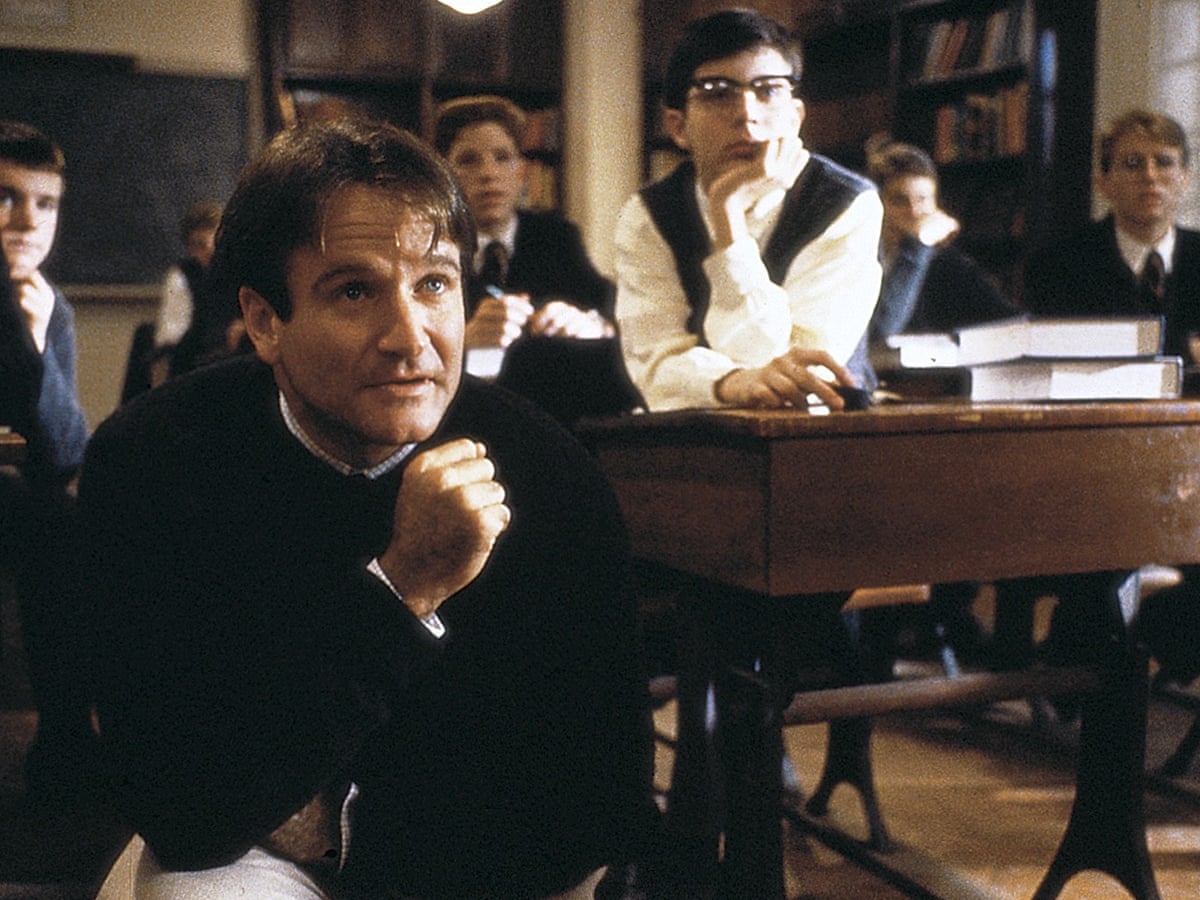
Dead Poets Society was the first produced screenplay of writer Tom Schulman, who drew heavily on his own life in the script. He too had attended a strict prep school, and modelled most of the characters on people who knew there. Keating, meanwhile, was based on a couple of teachers who inspired the young writer.
Schulman’s efforts paid off in a big way, as he was awarded the Best Original Screenplay Academy Award. This was the only Oscar won by Dead Poets Society, which was also nominated in the Best Picture, Best Director and Best Actor categories.
9. Disney suggested reworking the script into a dance movie
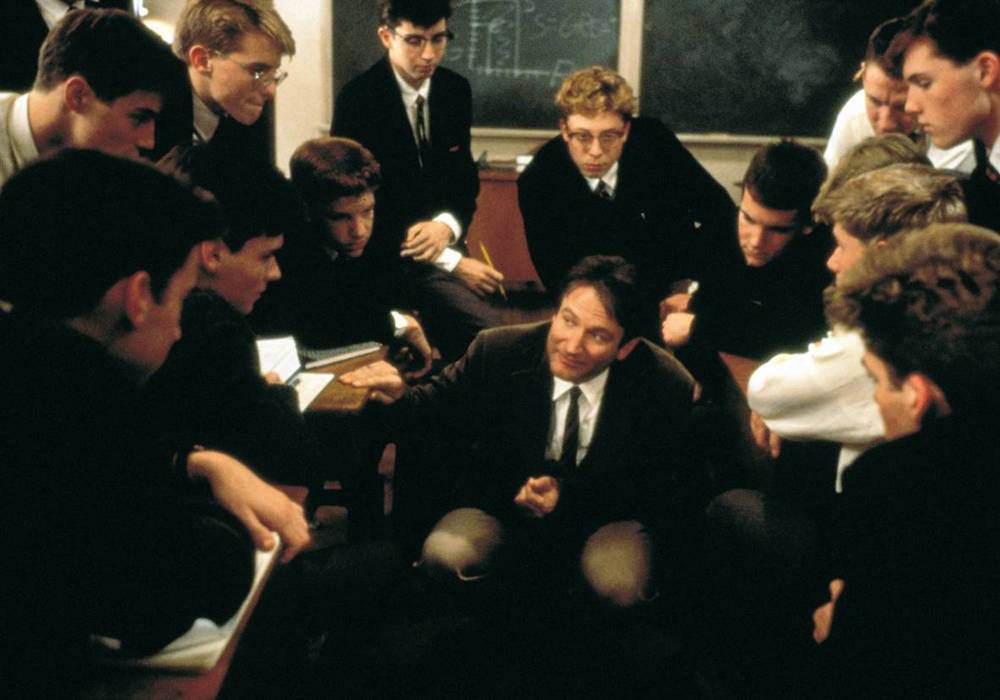
Dead Poets Society sees the lives of its ensemble of male adolescents enriched by their newfound love of poetry. Executives at Disney were not originally sold on this idea, and suggested a different subject to base the film around: dancing.
Believe it or not, studio executives proposed reworking Dead Poets Society into a musical drama in the vein of Footloose and Fame, entitled Sultans of Swing. Happily, the film’s producers did not comply.
8. Liam Neeson was originally cast as Mr Keating before Robin Williams
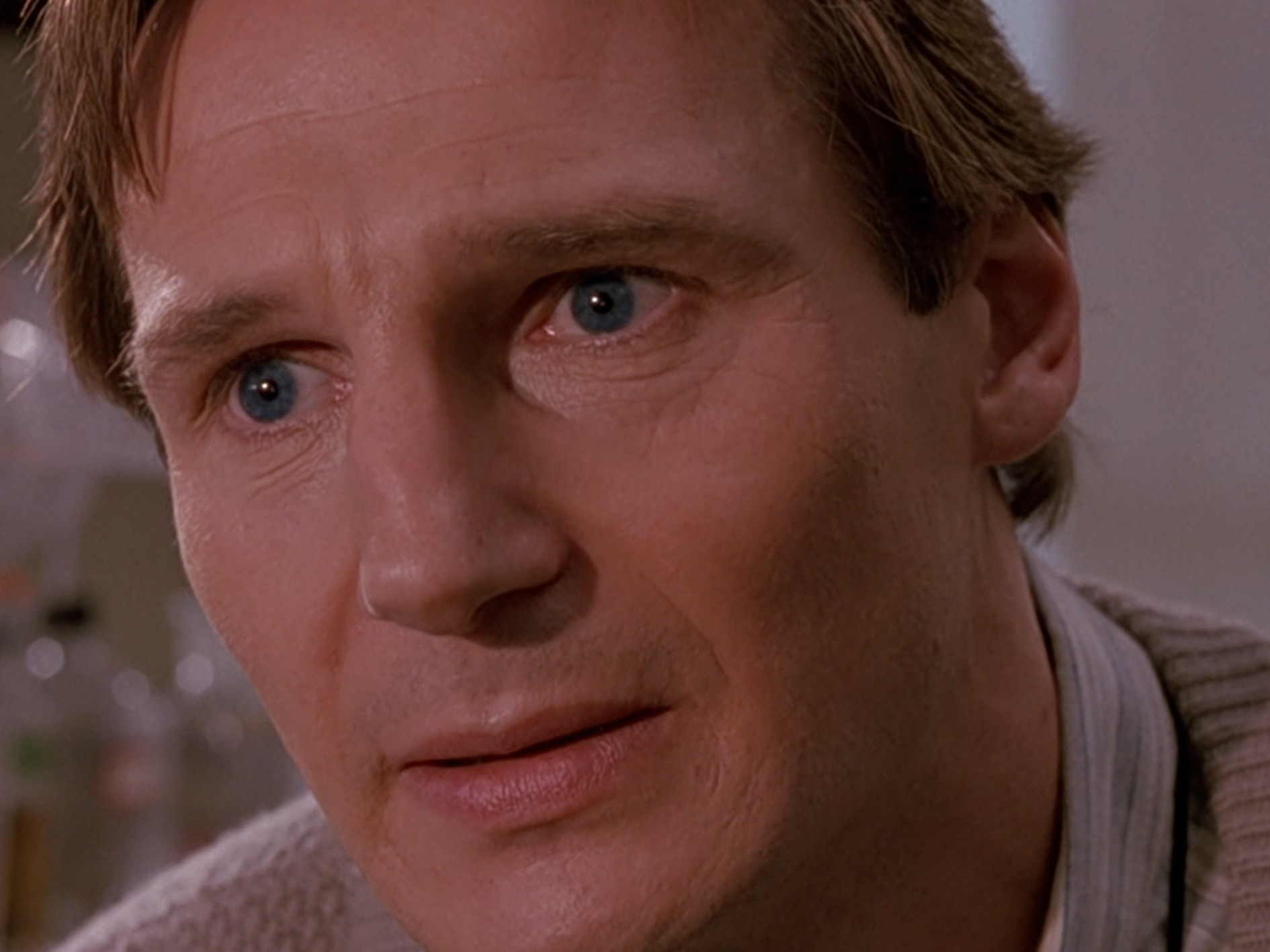
Initially, Dead Poets Society was set to be directed by Jeff Kanew (best known for Revenge of the Nerds), who cast a then lesser-known Liam Neeson in the key role of John Keating. However, Disney preferred Robin Williams for the role – and his casting in turn resulted in Kanew’s dismissal.
Williams was unwilling to work with the original director, so much so that he did not turn up to the first scheduled day of shooting. As a result, Kanew was fired and the more respected Peter Weir (Witness, The Mosquito Coast) was brought on board.
7. A subplot in which Keating was terminally ill was removed from the screenplay
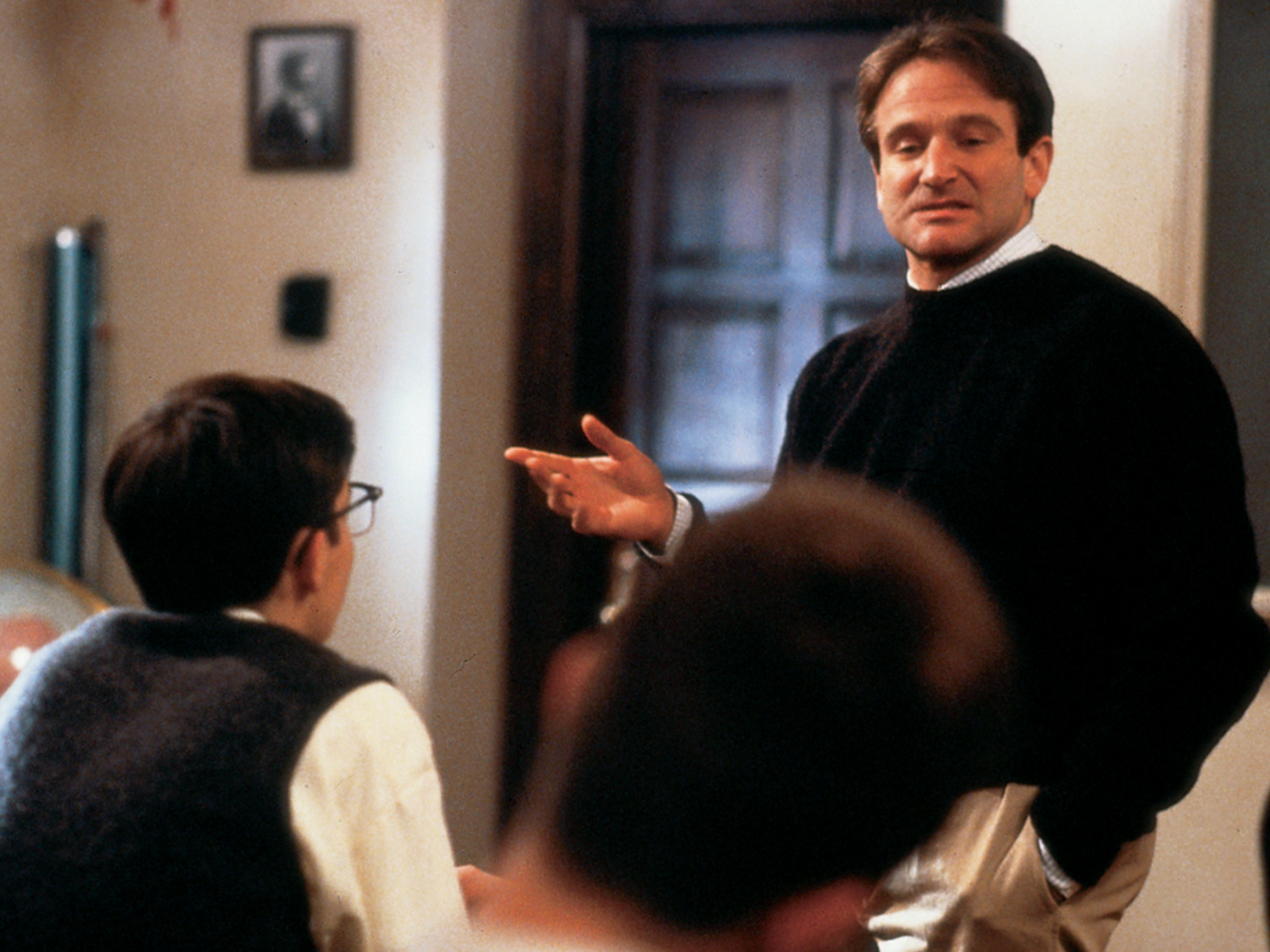
The initial script for Dead Poets Society originally focussed a bit more closely on the character of Mr Keating, as it was revealed that he was terminally ill with Hodgkin lymphoma. Late scenes in the script showed him on his deathbed in hospital.
This was removed at the behest of director Peter Weir, who felt that the subplot would take audience attention away from the core values which Keating stood for.
6. Director Peter Weir made the young actors share dorm rooms for real during filming
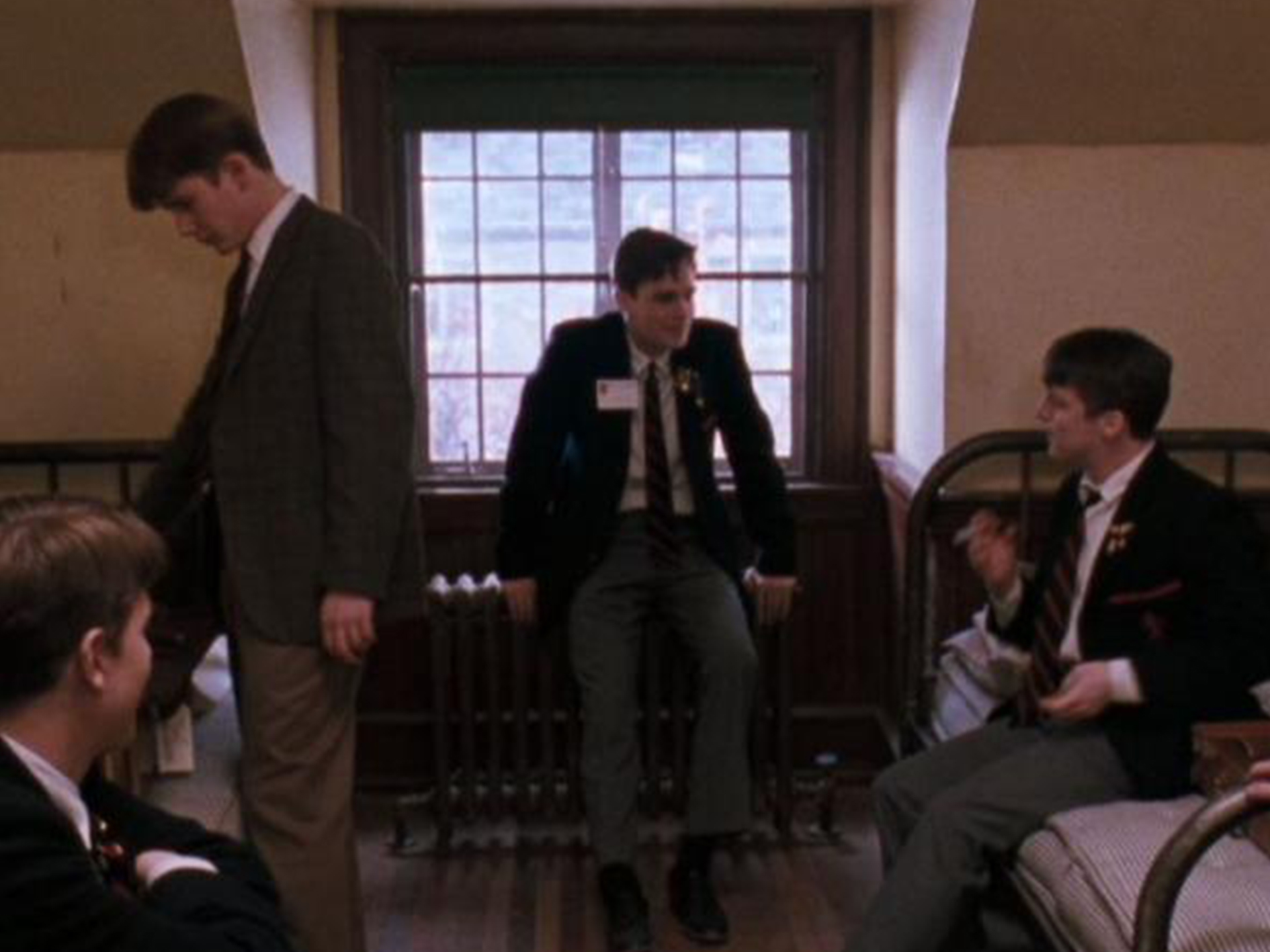
The central students of Dead Poets Society are portrayed by a talented young ensemble including Ethan Hawke and Robert Sean Leonard (later of TV’s House). Director Peter Weir took special measures to help promote a bond between them which would come across on camera.
At the director’s behest, during the shoot the actors really did share dorm rooms not unlike those we see them share in the film.
5. The film was shot in chronological order
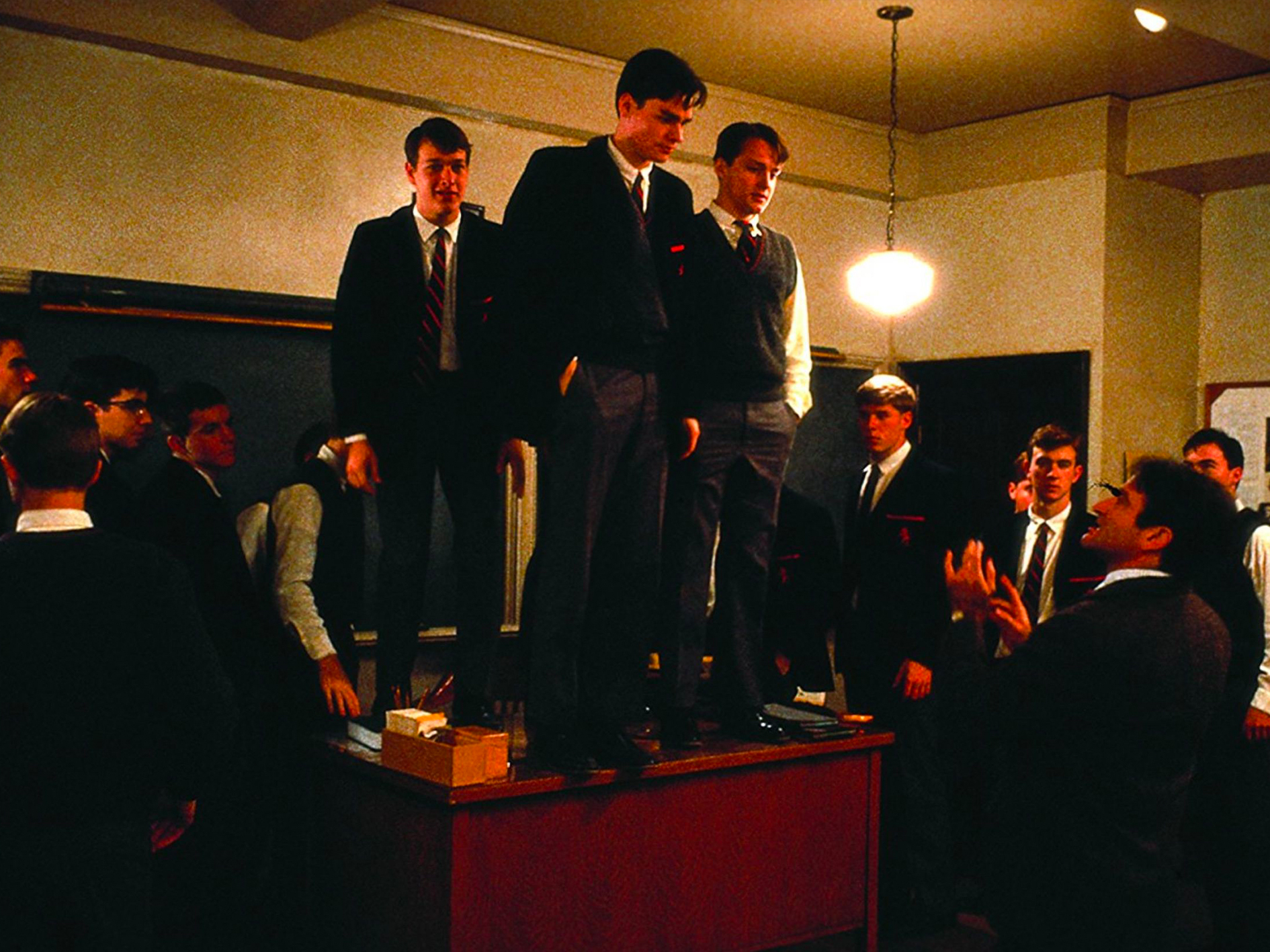
It’s not too unusually for the shooting of scenes in a film production to be shot in different order to that in which they are arranged in the script and/or the finished film. However, on Dead Poets Society this was not the case.
Peter Weir insisted on shooting the scenes in chronological order, so as to better capture the developing bond between Williams’ Keating and his class, as well as the developing relationships between the students themselves.
4. They filmed it in Delaware in order to get snow
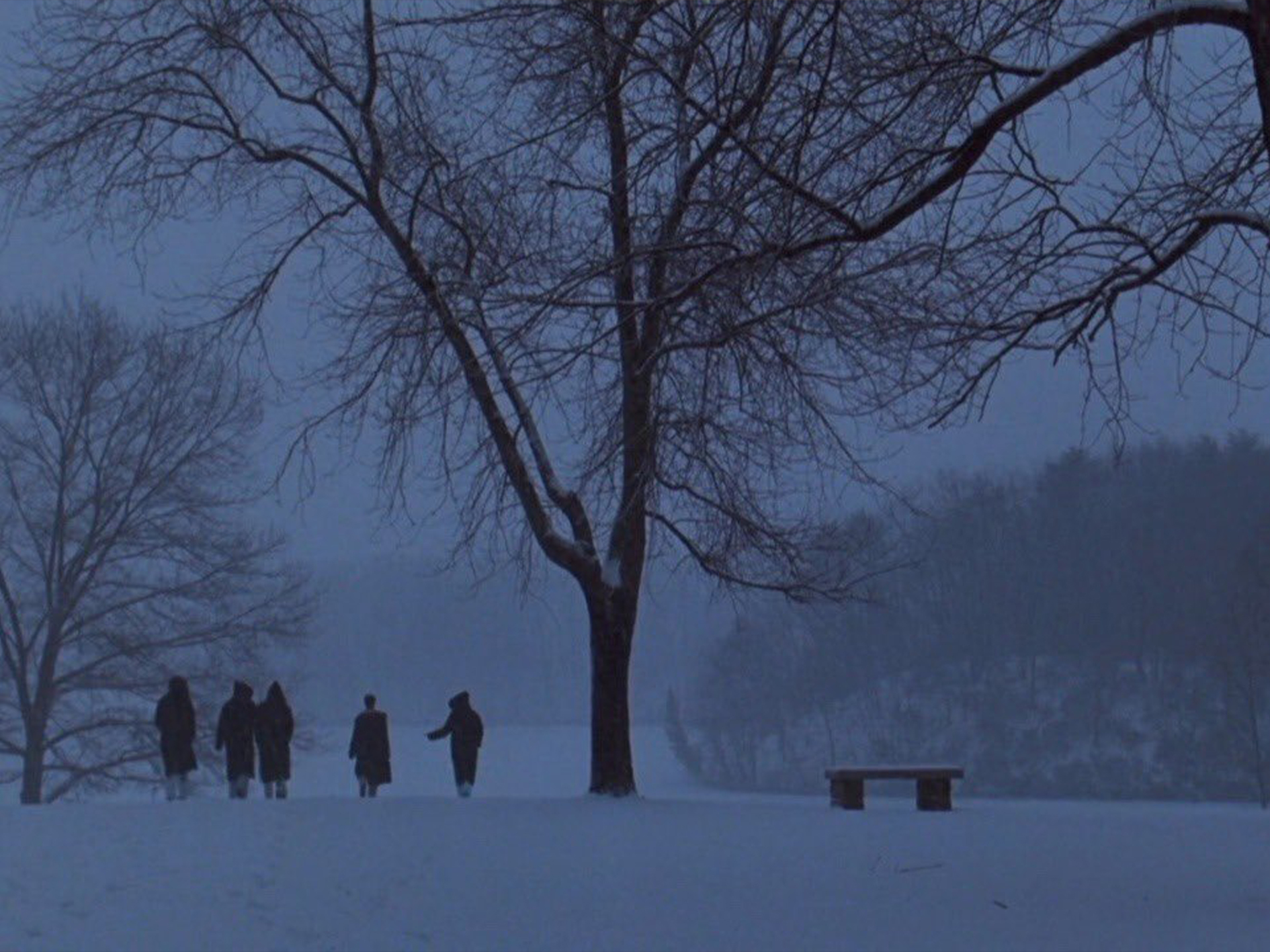
Initially, the plan had been to shoot Dead Poet’s Society in Georgia, but the script called for a wintery setting with snow on the ground in some scenes. Using fake snow was an option, but this would have bumped the budget up slightly.
For this reason, production on Dead Poet’s Society was instead relocated to the colder climes of Delaware.
3. Robin Williams improvised a lot of his dialogue
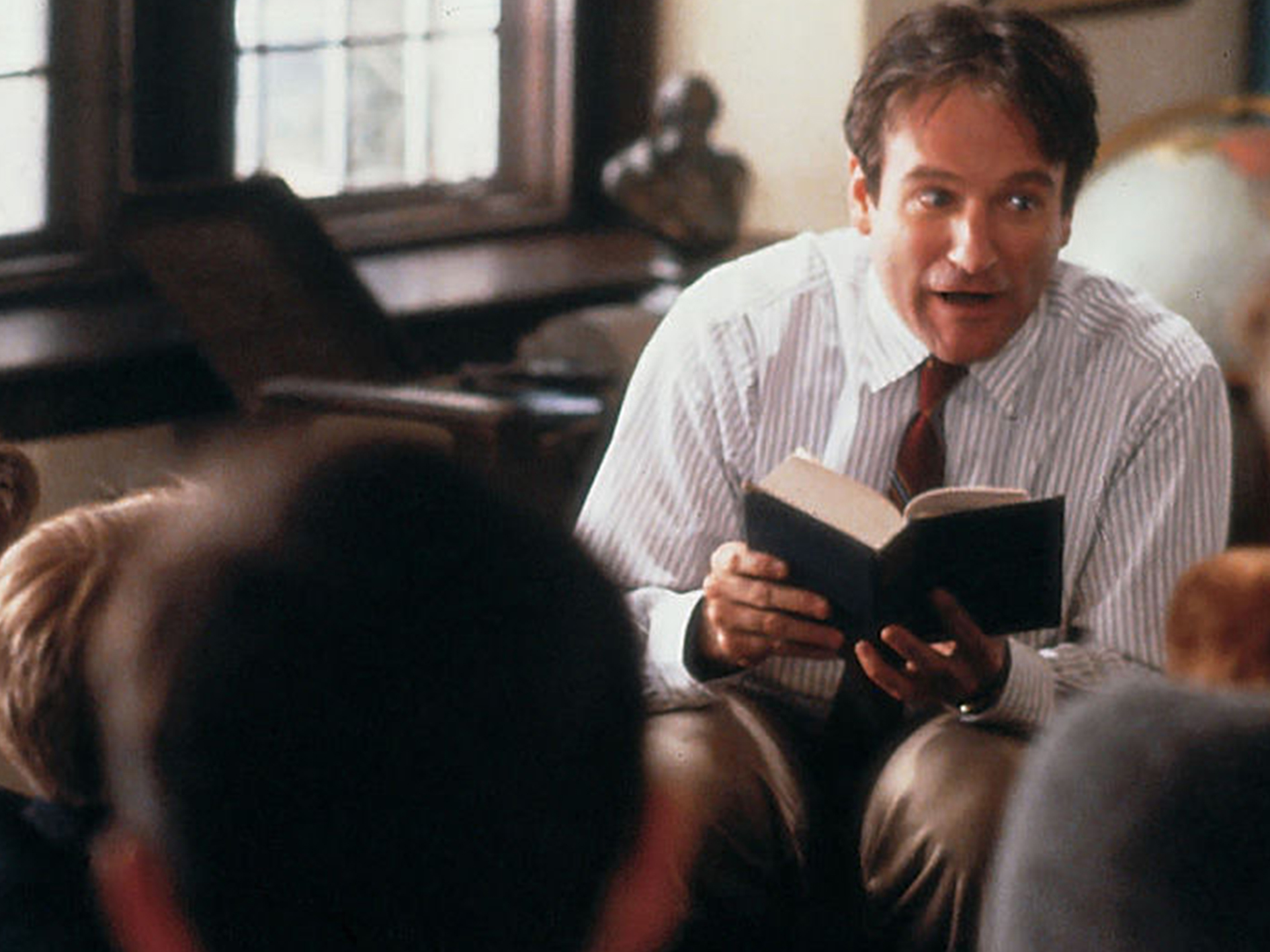
While Dead Poets Society is a far more grounded and serious movie than Robin Williams was known for at the time, the legendary funnyman was still allowed to stretch his comedic muscles during production, ad-libbing a fair amount of his dialogue. Perhaps unsurprisingly, one scene that came entirely from Williams is the moment when he is teaching Shakespeare, and adopts the voices of Marlon Brando and John Wayne.
Williams earned his second Best Actor Oscar nomination for Dead Poets Society, and would later say it was the film he was most proud of.
2. Ethan Hawke thought Williams hated him during the shoot

Ethan Hawke, who has since enjoyed a hugely successful career as a dramatic actor, did not initially bond with Robin Williams during the shoot. The actor told Variety in 2019, “I thought Robin hated me. He had a habit of making a ton of jokes on set. At 18, I found that incredibly irritating. He wouldn’t stop and I wouldn’t laugh at anything he did.”
Despite this, Williams later had a hand in getting Hawke his first agent as an adult actor. Hawke recalls the agent “called, saying, ‘Robin Williams says you are going to do really well.’”
1. It divided critics, but attracted a large audience
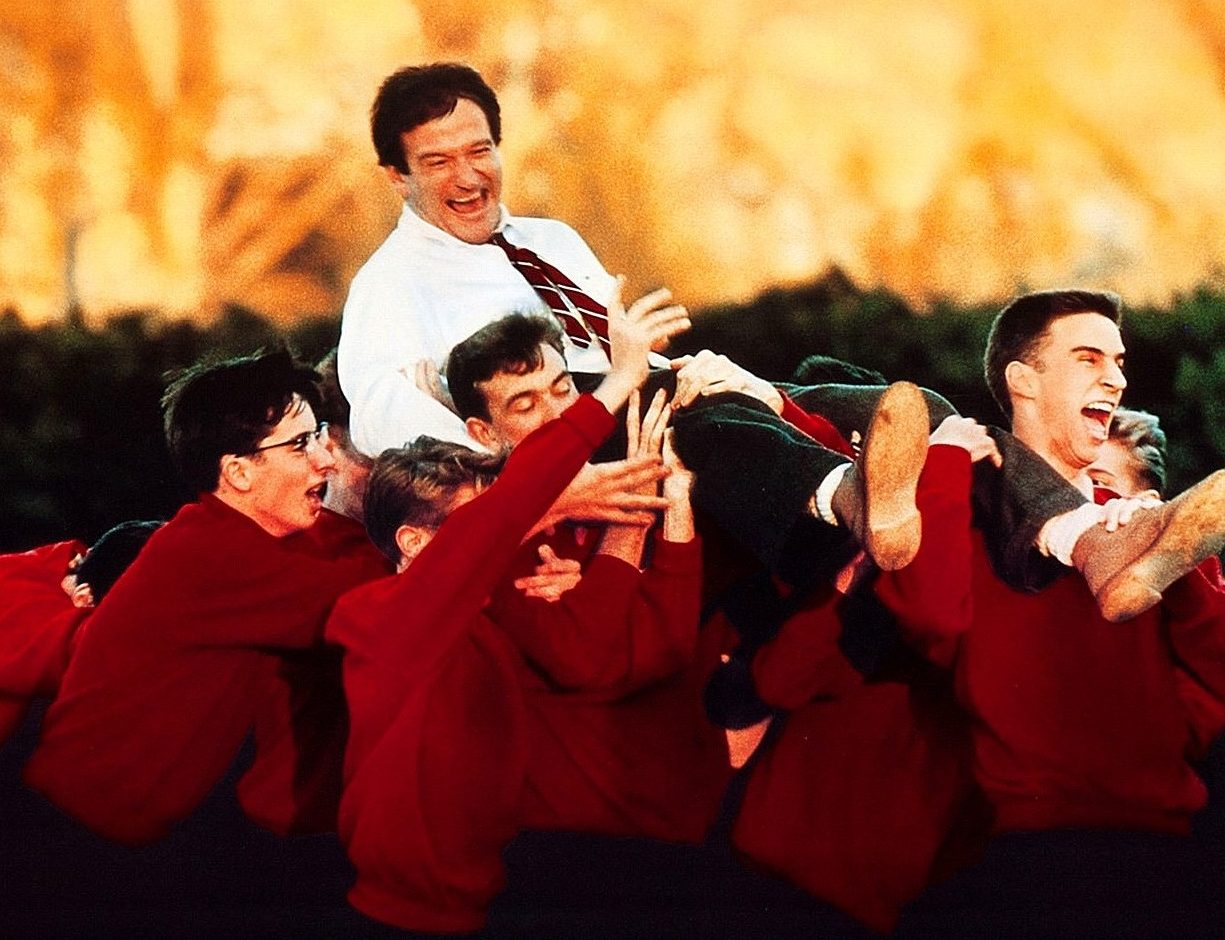
Thanks in no small part to Williams’ marquee value, Dead Poets Society was a huge hit. By the end of its theatrical run the film earned almost $236 million, a huge return on its $16.4 million budget, which made it the fifth biggest box office success of 1989.
The reviews were more mixed. While many praised the film, it had some high profile detractors, notably the influential Roger Ebert, who called the film a “collection of pious platitudes,” and criticised its four Oscar nominations.

